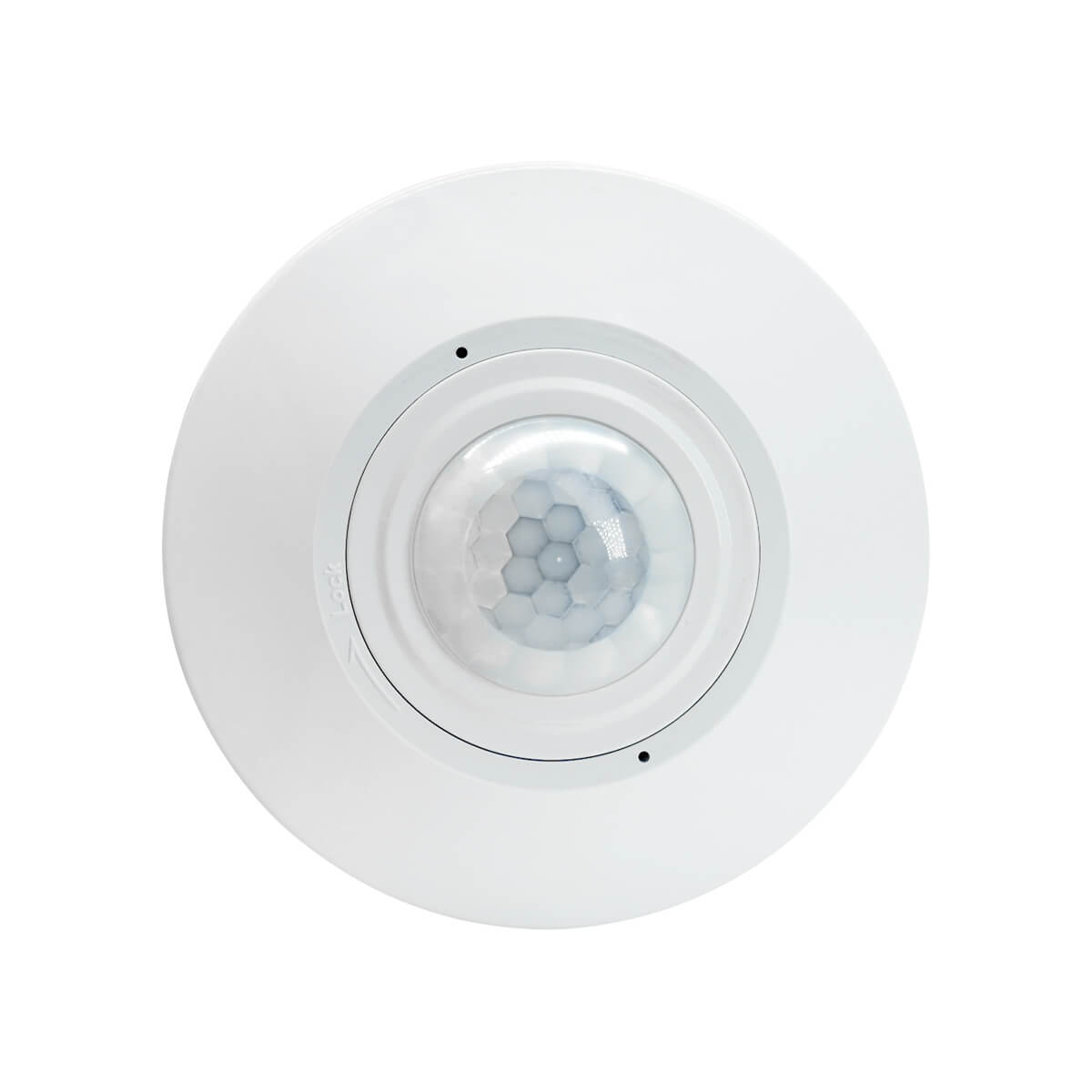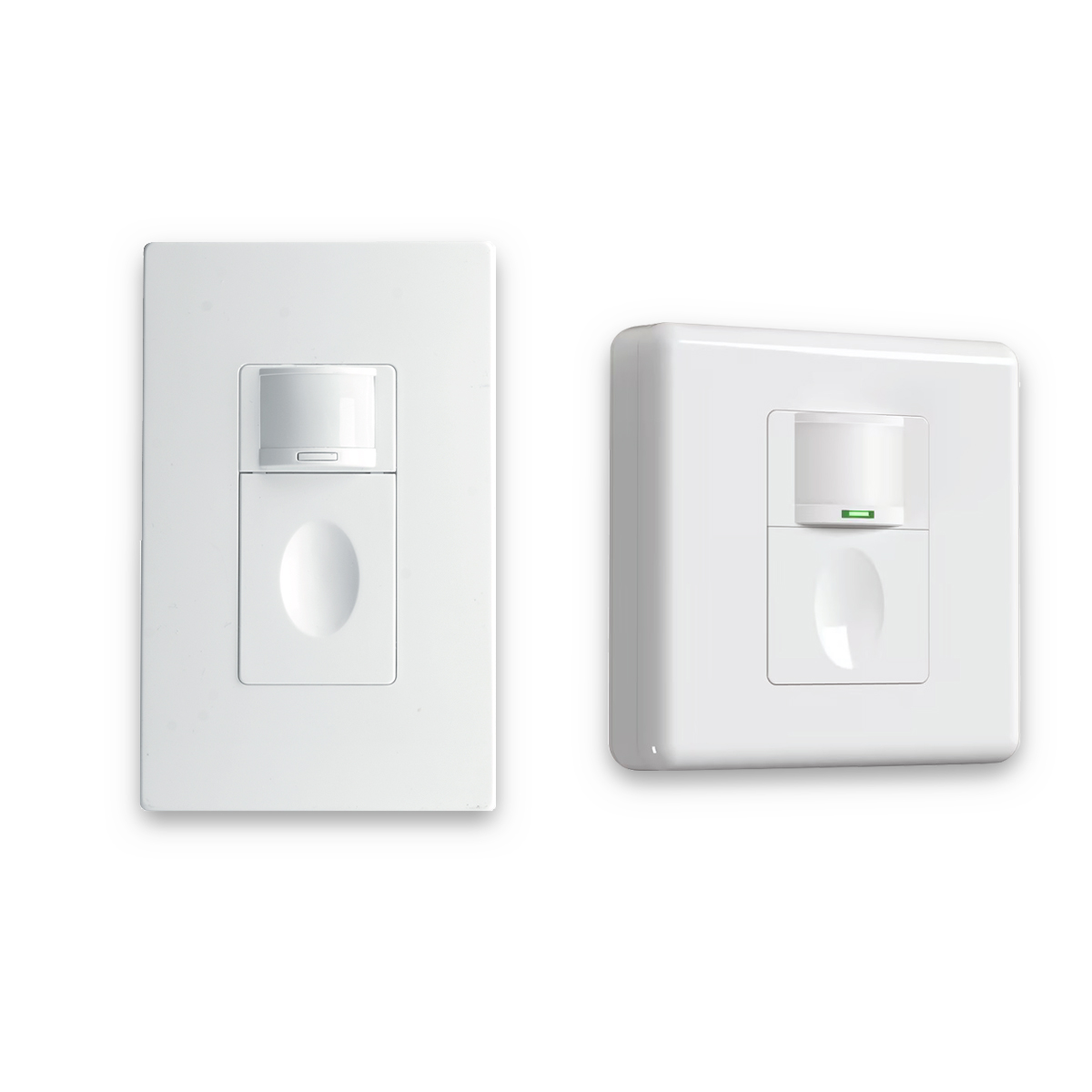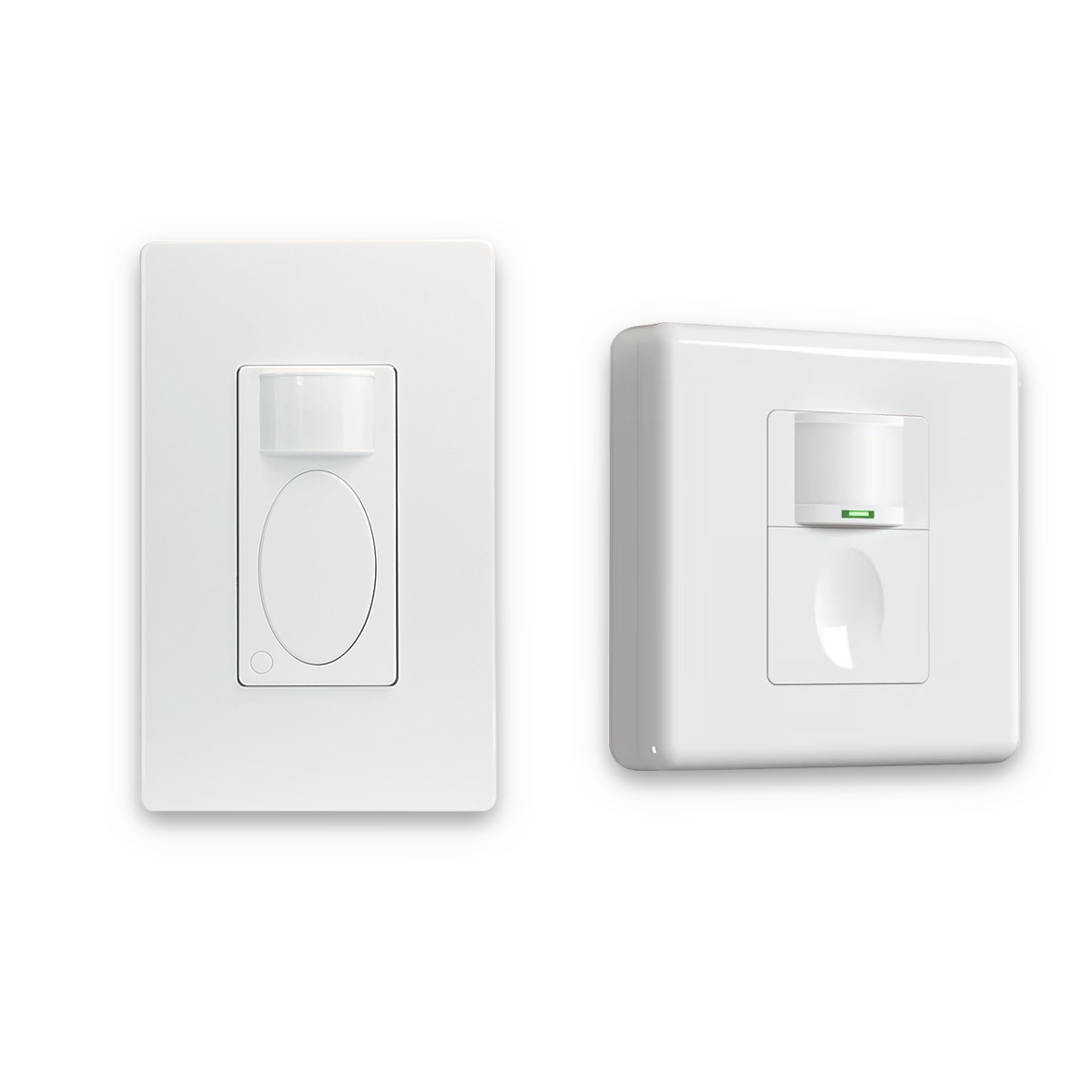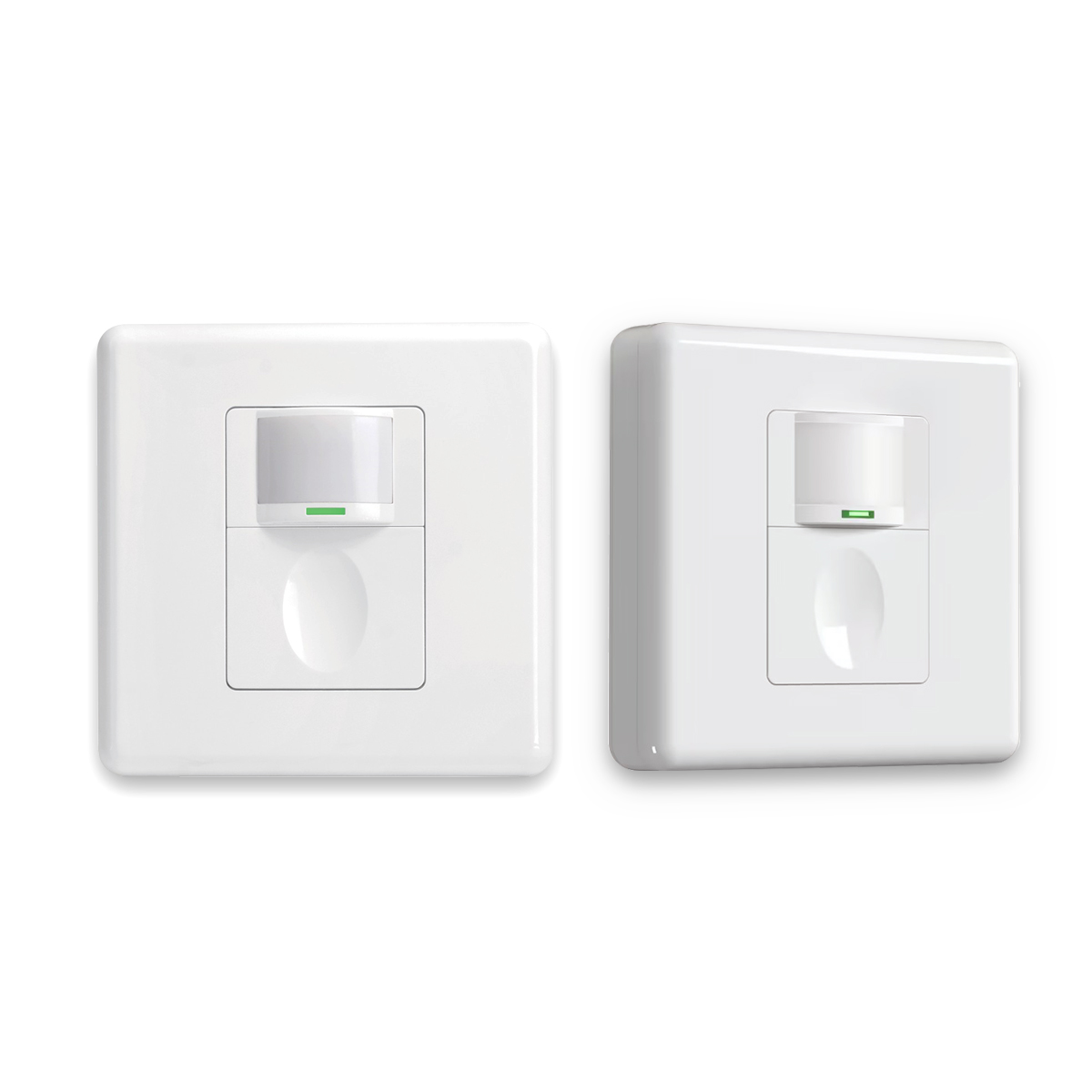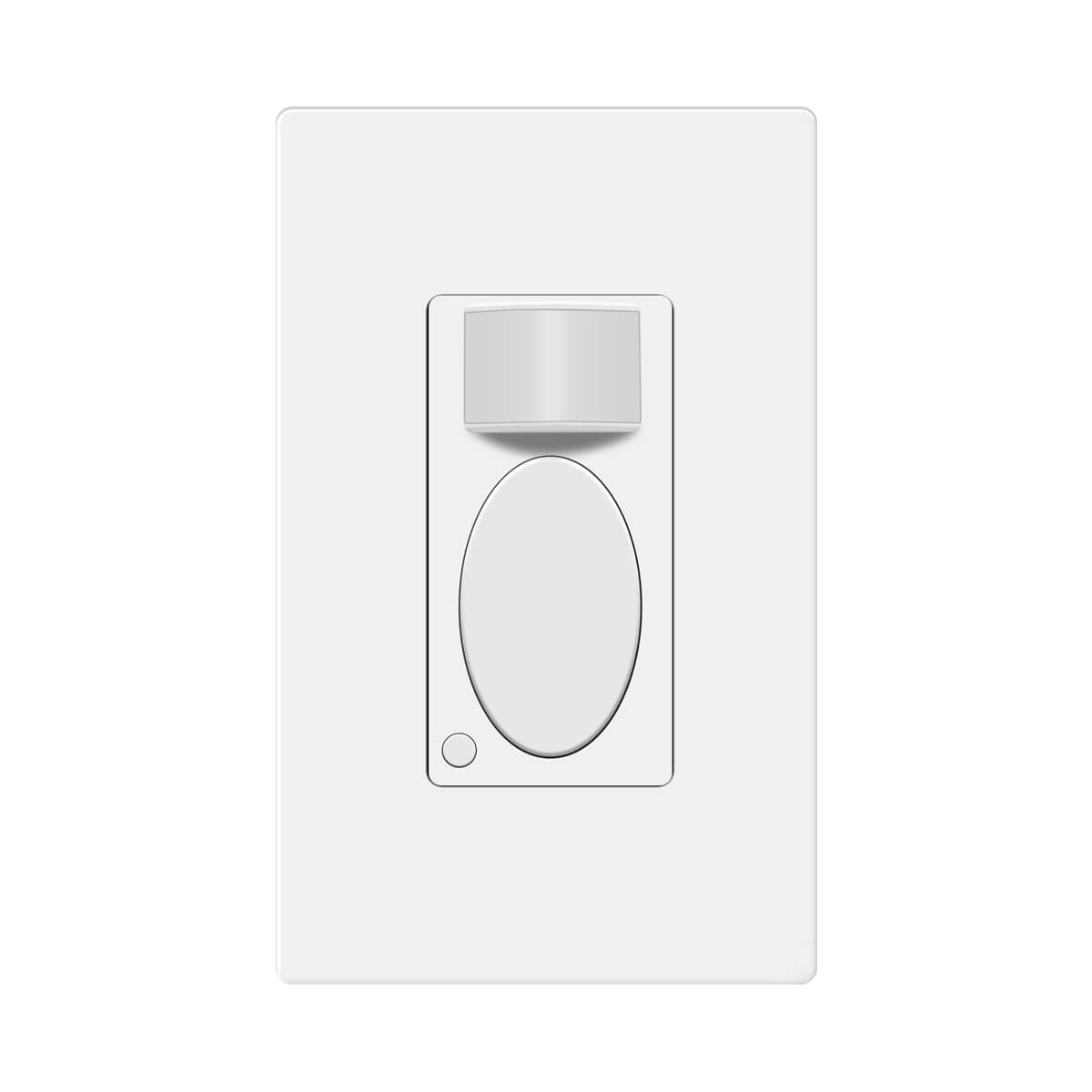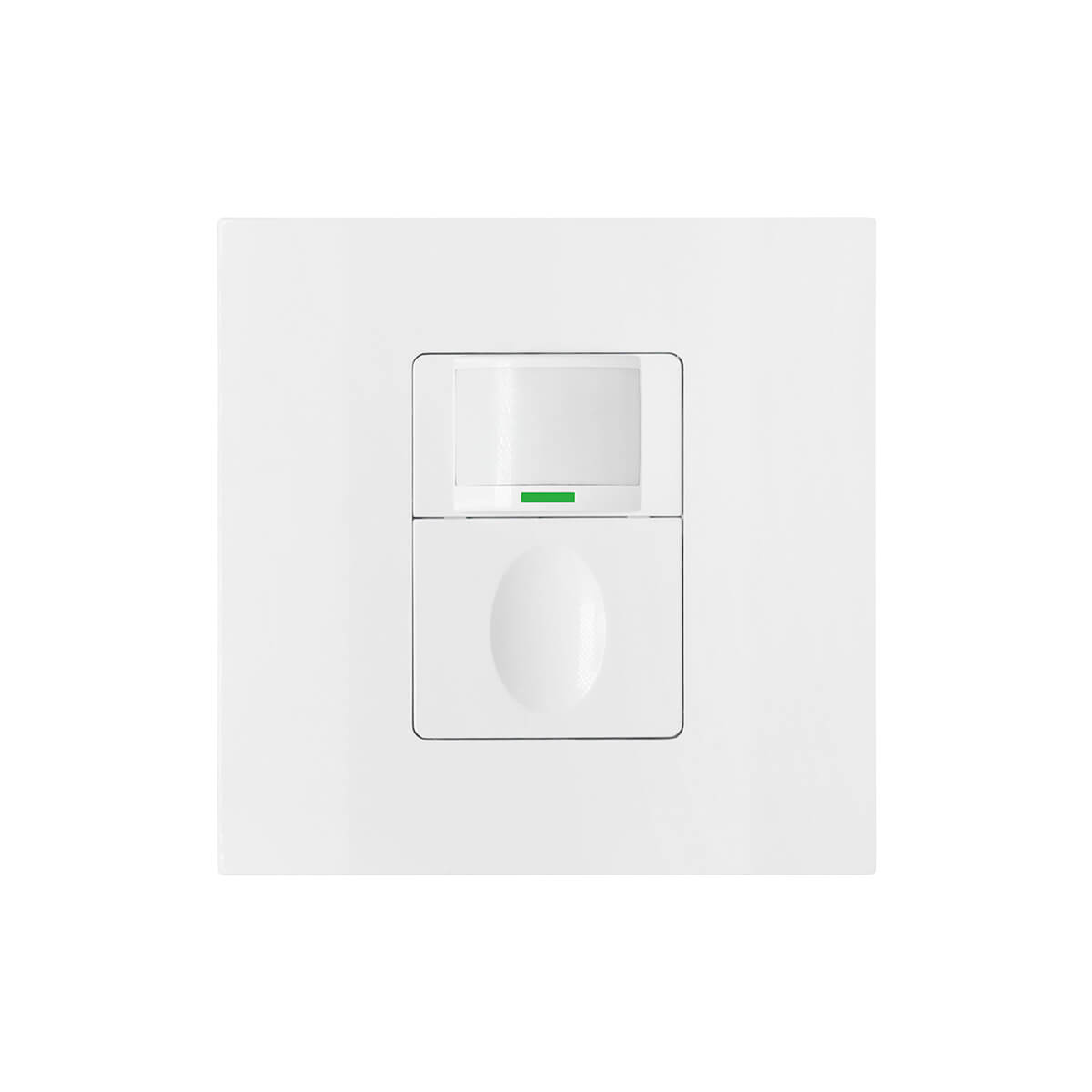What is Ultraviolet Light
Ultraviolet (UV) light is a form of electromagnetic radiation that falls between viditelné světlo and X-rays on the electromagnetic spectrum. It has a shorter wavelength and higher energy than visible light, making it invisible to the human eye. UV light is categorized into three types based on their wavelength: UVA, UVB, and UVC.
Inspirujte se portfoliem pohybových senzorů Rayzeek.
Nenašli jste to, co jste chtěli? Nebojte se. Vždy existují alternativní způsoby řešení vašich problémů. Možná vám pomůže některé z našich portfolií.
UVA has the longest wavelength among the three types and is the least harmful to humans. It is responsible for tanning and is commonly used in tanning beds. UVB has a shorter wavelength and is responsible for causing sunburns and skin damage. Prolonged exposure to UVB radiation can increase the risk of skin cancer. UVC has the shortest wavelength and is the most dangerous to living organisms. Fortunately, most UVC radiation is absorbed by the Earth’s atmosphere and does not reach the surface.
UV light is naturally emitted by the sun and is responsible for various effects on the human body. It is essential for the production of vitamin D, which is important for bone health. However, excessive exposure to UV light can lead to harmful effects such as sunburn, premature aging, and an increased risk of skin cancer.
Možná máte zájem o
In the lighting industry, UV light has various applications. Germicidal lamps use UVC light to kill or inactivate microorganisms like bacteria, viruses, and mold. These lamps are commonly used in medical and research facilities, as well as in water and air purification systems. UV light is also utilized in forensic investigations to identify and analyze biological materials, such as blood, at crime scenes. It can enhance the visibility of certain substances that may not be easily visible under normal lighting conditions. Additionally, UV light is used in the sanitation process of food and water to eliminate harmful microorganisms and reduce the risk of contamination.















